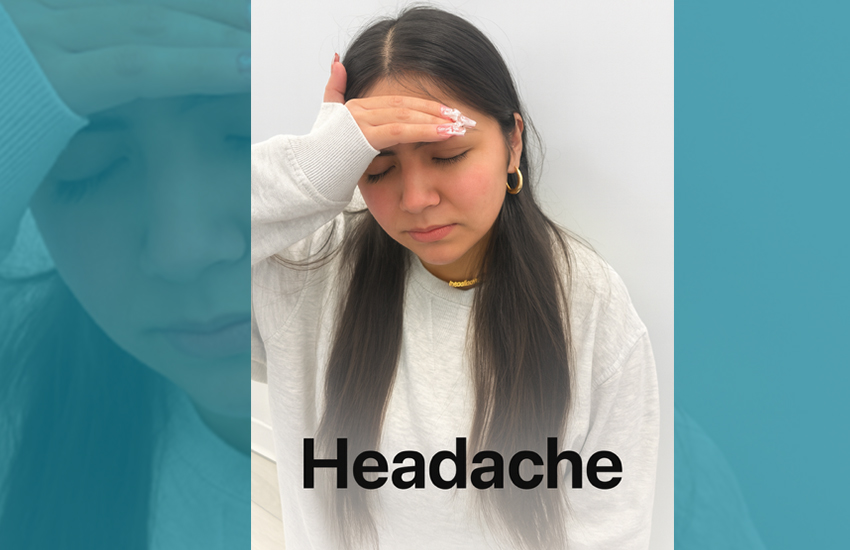Importance of Physical Therapy
Physical therapy is a treatment to restore and maintain musculoskeletal function. It is proven to bolster recovery time, strengthen the surrounding tissues, and increase the range of motion of your joints. No wonder physical therapy treatment has been on the rise.








